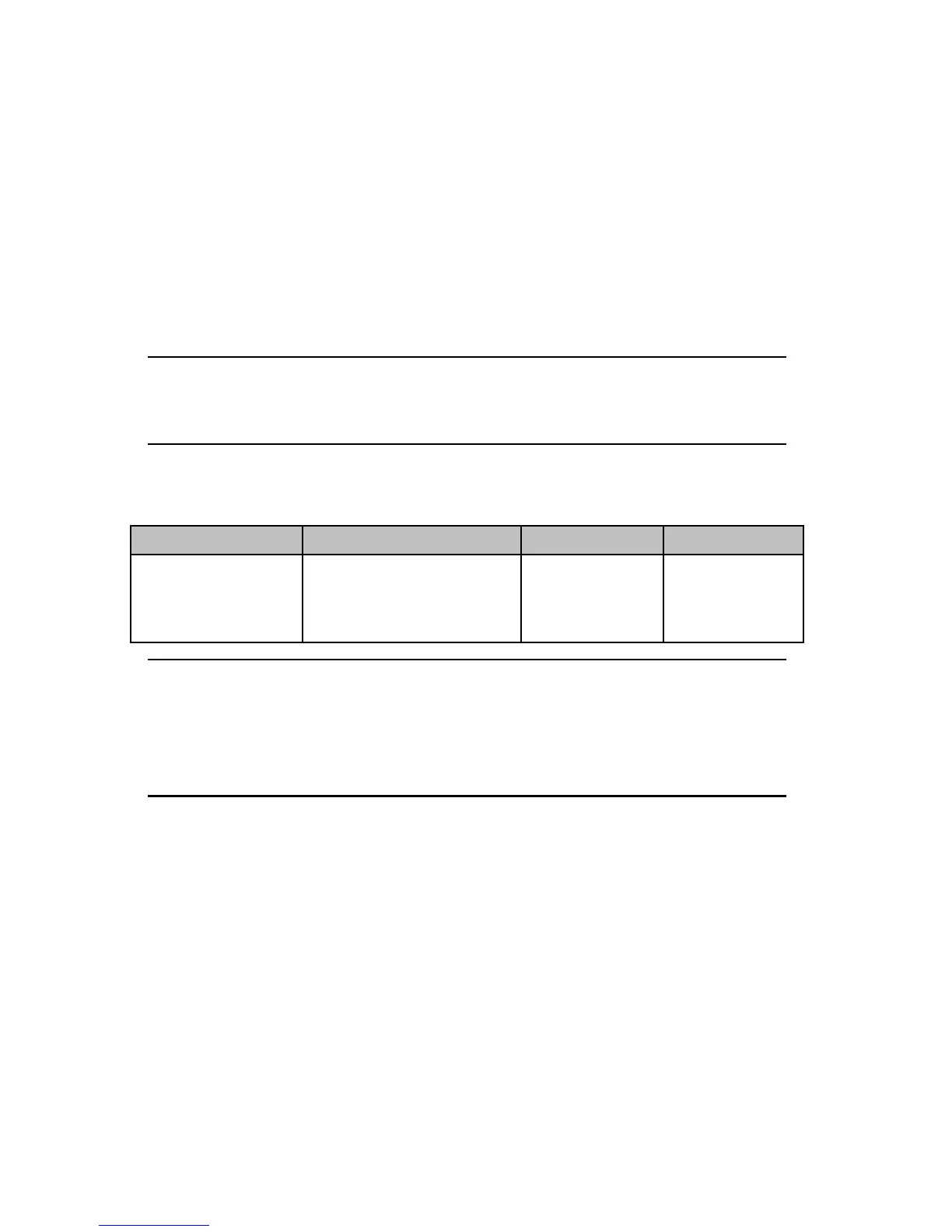B4 II – 19
• MIDI sequencing of B4 II and audio mix-down of the MIDI tracks within
a single program
• Comfortable automation of B4 II parameters in the sequencer
• Further processing of B4 II signals using additional plug-ins
• Sample-accurate timing with MIDI controllers (when used as VST 2.0
plug-in)
• Restoring of all plug-in settings when the host document (such as a
song le of the sequencer) is loaded
• Integration with other instruments into a “virtual studio”
Some shortcuts / key commands do not work in all sequencers. This is
due to the fact that the host capture keys for themselves and do not
pass them on to the plug-in.
This table provides you with an overview of which interfaces are supported
by which host programs:
Plug-in Interface Host-Program Windows Mac
VST 2.0 Plug-in Cubase, Nuendo • •
DXi Sonar •
Audio Units Logic •
Note: Some hosts include “wrappers” that allow running B4 II with
a choice of plug-in protocols. Try each one, as one may offer better
performance than another. Example: With Sonar, running B4 II as a
DXi instrument allows using multiple outputs, while running it as a VST
instrument provides more automation options
Interface Details
The interfaces described below represent different ways B4 II can communicate
with your sound card. Available interfaces depend on your computer, the
audio interface (sound card) you’re using, and your computer platform (B4
II supports Windows XP or MacOS X). Choose the fastest interface protocol
supported by your interface, which will likely be ASIO with Windows, or Core
Audio for Mac. For Windows, you can also use DirectSound and Multimedia
(also called MME), but expect a signicant delay (called latency) between the
time you play a note and the time you hear it.
ASIO (Audio Streaming Input Output): This cross-platform plug-in protocol
